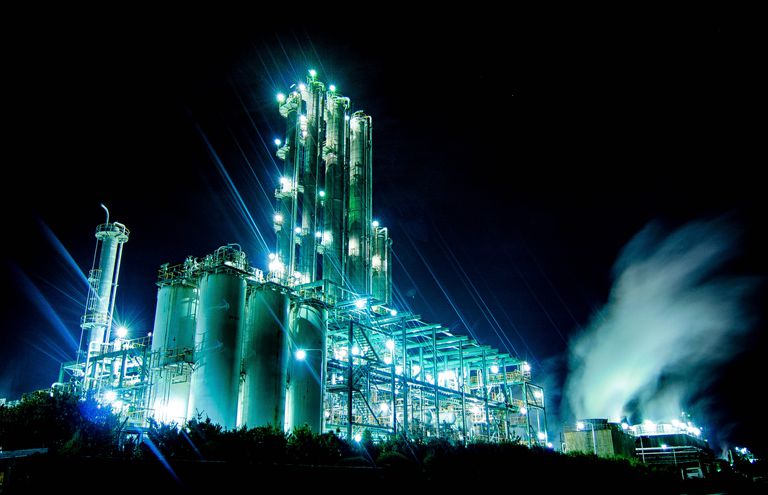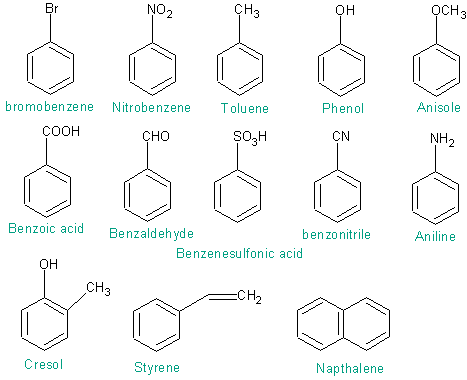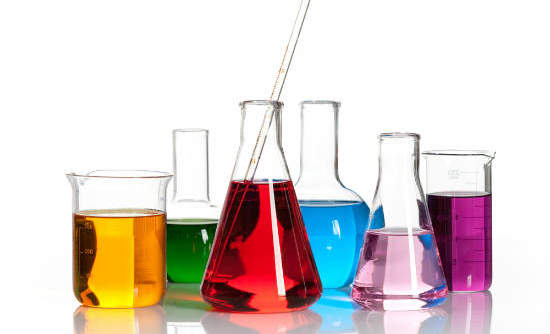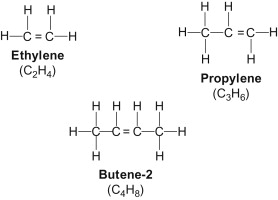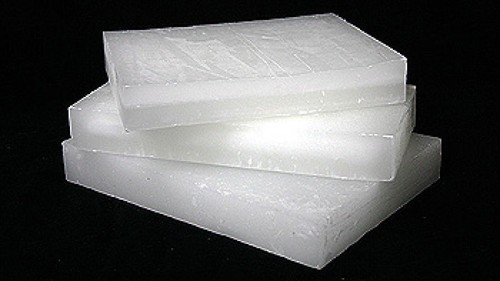Polypropylene
Polypropylene is a tough, rigid and crystalline thermoplastic produced from propene (or propylene) monomer. It is a linear hydrocarbon resin. The chemical formula of polypropylene is (C3H6)n. PP is among the cheapest plastics available today. What is Polypropylene and What It’s Used for? Polypropylene is a tough, rigid and crystalline thermoplastic produced from propene…
Read more
Aromatic
Aromatics are types of hydrocarbons derived from petroleum, characterized by one or more six-carbon rings (benzene rings) molecular structure and ‘sweet’ or aromatic odor. Benzene, toluene, and xylenes are the most common aromatics, and are extensively used in the chemical industry as chemical feedstocks, solvents, and as additives to gasoline to raise its octane rating.
LLDPE
Feed: Ethylene, Hydrogen, Butene, Propylene, Propane, Hexane-1 Number of grades: 54 Features: -One of the largest of its kind in Iran -Extruder capacity: 48 MT/hour Applications: 5Packaging, home appliances, textile, agriculture and automobile industries
HDPE
Feed: Ethylene, Hydrogen and Butene Number of grades: 23 Features: •High variety of grades • High production capacity • Capability of producing coloured grades and 2 packaging extruder line • Capability of producing coloured products in injection, extrusion and blow moulding grades Applications: Home appliances, packaging, PE pipes, automobile and agriculture industries
Butene-1
Feed: Ethylene and Hydrogen Features: The largest production plant in Middle East Applications: Rubber industry, SBR, ABS and PBR
Olefin
Olefin, also called alkene, compound made up of hydrogen and carbon that contains one or more pairs of carbon atoms linked by a double bond. Olefins are examples of unsaturated hydrocarbons (compounds that contain only hydrogen and carbon and at least one double or triple bond). They are classified in either or both of the following…
Read more
Sustainbility
As a global leader in packaging and paper, we offer a world of opportunities. Our expertise lies in finding the most dynamic and reliable solutions. Delivering value to our stakeholders is always top of mind. Our strategic approach enables us to better respond to the key risks and opportunities associated with global challenges including…
Read more
Bitumen
Specifications and Characteristics of Bitumen 60/70
Paraffin Wax
ABM paraffin wax is formulated from petroleum by dew axing light lubricating oil stocks. This commodity is mostly found as a white, odorless, tasteless, waxy solid, with a typical melting point between about 48° to 66° C (120° to 150° F). Being present in more than 10 countries, ABM is one of the suppliers of…
Read more
